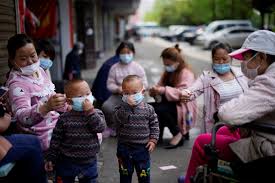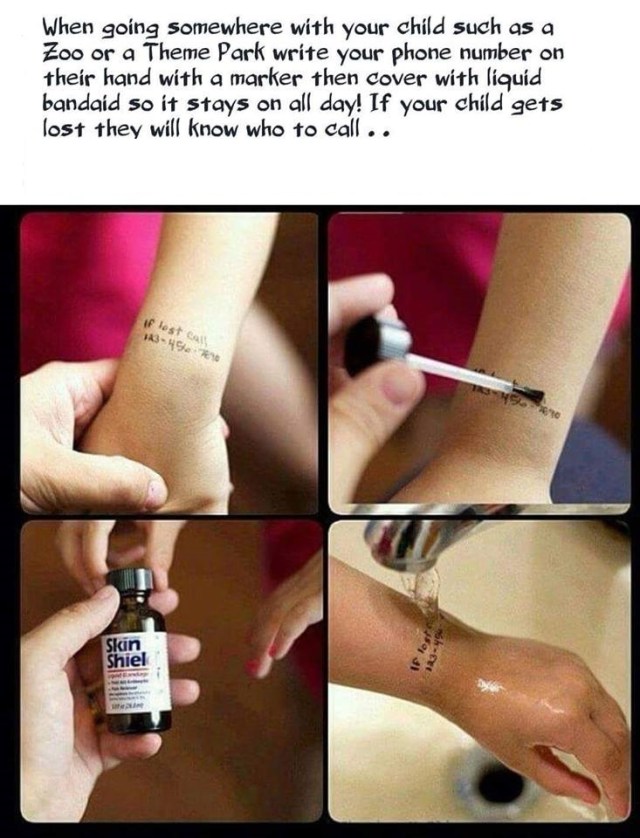
The Victorian era is packed with many histories and mysteries. One of the most historical topics that would spring up from that era was schooling.
What was schooling like for children in the Victorian era?
Believe it or not, Victorian schools are far different than schools today. In fact, let’s just say your own child wouldn’t like being in Victorian schools much. With no technology, no “fun” activities, and enforced punishments to students who defied the rules, Victorian schools differ greatly from the tech-drenched, “fun”-enforced, and lenient-punishment atmosphere of today’s schools.
This brief overview will cover the following, when it comes to Victorian schools:
- Background
- How rich students and poor students attended school
- What the school “uniforms” looked like
- What school is like, AND
- How teachers handled punishments
A Little Background
“The Victorian era was when schools were taken seriously as institutions,” says Rose McKelvey, a history writer at State of writing and Essay Roo. “In fact, schools in the Victorian era were available to all children, regardless of one’s family’s financial situation. A law passed in 1870 required all children in Britain between the ages of 5 and 10 to attend school. However, this law was contested in 1893, when the leaving age was changed to 11 years old, since children of working parents were convinced to join the workforce instead of going to school.”
The Rich And The Poor
While very few children actually attended school, there were two different realities: the rich and the poor.
Children from rich families received homeschooling. In homeschooling, children would be taught by a governess, or a female teacher. The only notable thing here is that while boys at age 10 would go on to public schools, the girls would continue to be homeschooled.
As for the poor, children would sometimes attend church for school, despite these “schools” having limited educational resources. However, a law passed in 1880 had all children – rich or poor – attend school.
School Attire
School attire in the Victorian era left very little room for students to express themselves. The most common uniform colors were dark colors like black and brown, and dull colors like grey and white.
The girls would wear a dark knee-length wool dress, along with a white apron (tied at the back of the dress), thick black stockings, and black shoes (or boots). Boys, on the other hand, wore shirts, trousers (or shorts), and ankle boots (along with long socks), with the addition of a jacket with a waistcoat (or jumper) underneath.
What Was School Like?
In essence, schools in the Victorian era looked something like this:
- Schools lasted until 5 PM.
- Children sat silently in rows, as the teacher wrote lessons on the blackboard. As the teacher wrote, so did the students at their desks.
- The main subjects taught were Reading, Writing, and Arithmetic (Math).
- Distractions and looking out the window were discouraged.
- Certain subjects like needlework were taught to girls. Meanwhile, other subjects like woodwork were taught to boys.
- Students would use the following to study and learn:
- A slate and chalk (along with a cloth to wipe their slate clean)
- A quill pen (with an ink well) and parchment
- Equipment in classrooms were often scarce. A classroom was often lucky to have a map of the world or an abacus for reference.
School Punishments
“Unlike today’s standards, where punishments these days are more lenient and less harsh, Victorian school punishments were more severe physically and mentally,” says Chelsea Niall, an education blogger at Boom Essays and Paper Fellows. “One of the most common forms of punishment was the use of a cane. A teacher’s cane was typically long and thin. They would use this stick to strike children on the hand for either misbehaving, being tardy to class, or for telling lies. There was also a leather strap used to beat children, or the infamous dunce’s hat which is worn by misbehaving students. Or, children were subject to writing lines, where students wrote the same sentence or phrase over and over however the teacher saw fit.”
Conclusion
As you can see, Victorian schools were worlds away from the schools that we see today. In this overview, it’s clear that Victorian schools had different values and methods, when it comes to teaching children, thus cementing themselves into a part of Victorian history.
Christina Lee is a writer and editor at Dissertation help and Write my paper. She is also a contributing writer for OX Essays. As an education blogger, she writes articles about tutoring, histories of various time periods in education, and teacher spotlights.










